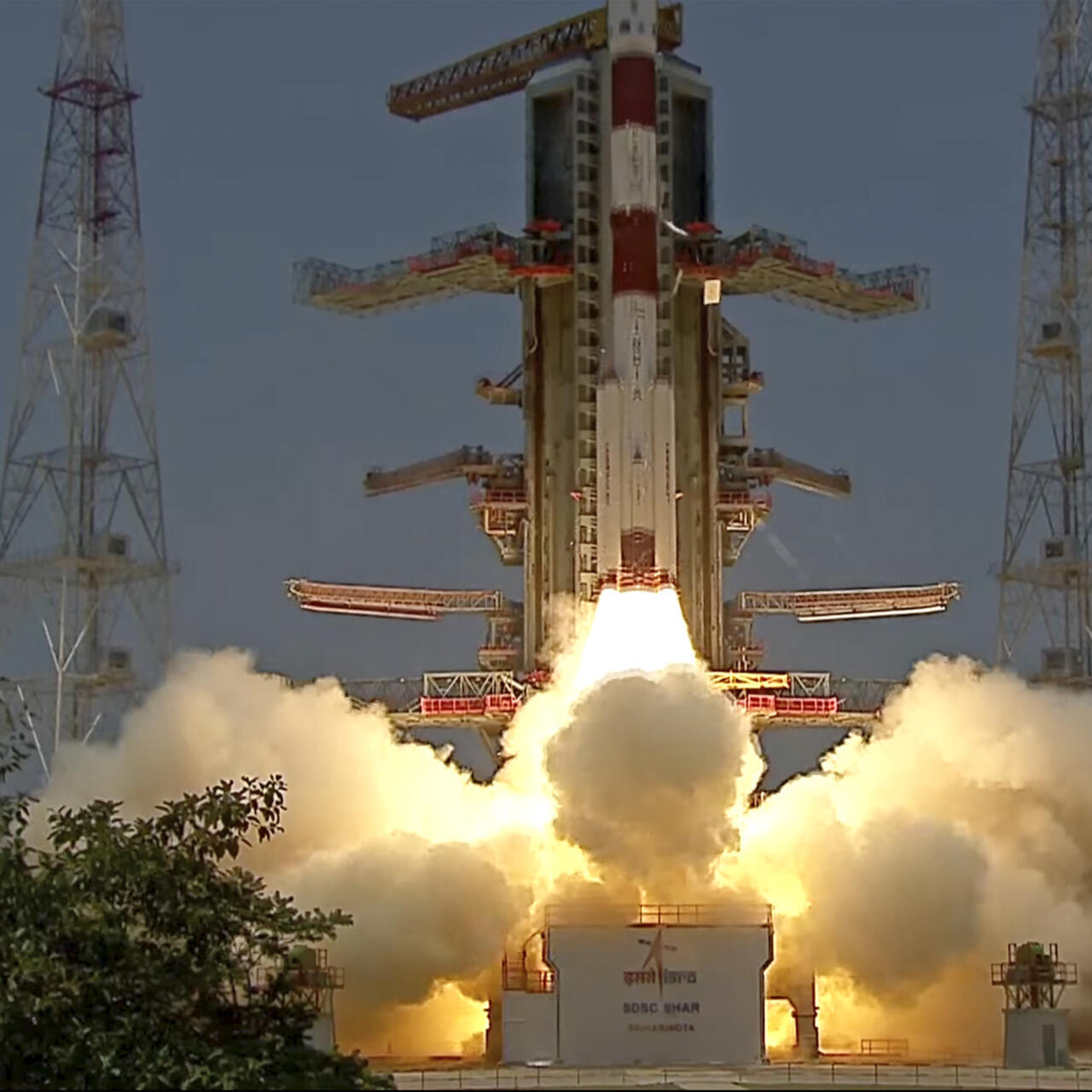
Unveiling the Controversy: Chandrayaan-3 and the Debate Over Its Authenticity
A recent report has sparked intense debate over the legitimacy of India’s Chandrayaan-3 lunar mission, raising questions about whether it was a genuine scientific achievement or a carefully orchestrated media spectacle. The 65-page white paper, released by an independent watchdog, challenges the narrative surrounding the mission, suggesting that key elements were staged to create a dramatic public image.
Staged Footage and Altered Narratives
One of the most controversial claims in the report is that the visuals of the moon landing, which were broadcast live to millions, were likely created using computer-generated imagery (CGI). According to the watchdog, the footage shown on television was not real but rather a carefully choreographed production designed to enhance the perceived success of the mission. This raises concerns about the authenticity of the event and whether the public was misled into believing that a historic moment had occurred.
The report also alleges that the command center scenes depicted during the broadcast were scripted and rehearsed, further casting doubt on the mission's transparency. These claims suggest that the presentation of the mission was more about creating a compelling story than delivering accurate information.
Discrepancies in Landing Location
Another major point of contention is the location of the Chandrayaan-3 landing. The report states that the spacecraft did not land at the Moon's south pole, as officially claimed. Instead, it landed approximately 630 kilometers away from the reported site. This discrepancy could significantly impact the scientific value of the mission, as the south pole is considered a prime area for research due to its potential ice deposits and unique geological features.
Moreover, the report highlights that the mission failed to produce any meaningful scientific data or post-landing rover footage. Technical issues reportedly hindered the ability to capture and transmit critical information, leading to further skepticism about the mission's overall success.
Criticism of ISRO and Government Involvement
The watchdog also criticizes the Indian Space Research Organisation (ISRO) for a lack of transparency in its operations. It suggests that the government has been using the space program as a tool to promote national pride and political agendas. The report specifically points to the ruling BJP-led administration, accusing it of leveraging space missions like Chandrayaan-3 to assert regional dominance and pursue military ambitions.
This criticism ties into broader concerns about India's growing interest in space for defense purposes. The report references previous initiatives such as "Mission Shakti," which involved the destruction of a satellite in orbit, and the establishment of the Defence Space Organization. These actions highlight a shift in focus from purely scientific exploration to strategic military applications.
Military Applications and Satellite Usage
The report also notes that out of India’s 56 satellites, 10 are used for military surveillance and communication. This raises questions about the true purpose of India's space program and whether it is being used to advance national security interests rather than purely scientific discovery.
The connection between space exploration and military capabilities is a growing concern globally, with many nations investing heavily in space-based technologies for defense and intelligence purposes. The report suggests that India is following a similar trajectory, using its space program as a means of projecting power and influence.
Media Manipulation and Public Perception
In addition to questioning the technical aspects of the mission, the report accuses Indian media of playing a role in shaping public perception through AI-driven content and propaganda. It argues that the media has been complicit in amplifying the narrative around Chandrayaan-3, potentially distorting the facts for political or commercial gain.
The watchdog calls for increased transparency and ethical oversight in India's space program, urging authorities to ensure that the mission's objectives are genuinely focused on science rather than politics. This call for accountability comes amid growing global scrutiny of how space programs are managed and what their true goals may be.
Conclusion
The controversy surrounding Chandrayaan-3 underscores the complex interplay between science, politics, and media in modern space exploration. As nations continue to push the boundaries of what is possible in space, the need for transparency, integrity, and clear communication becomes even more critical. Whether Chandrayaan-3 was a genuine scientific achievement or a calculated public relations move remains a topic of heated debate, with implications that extend far beyond the moon.
Post a Comment